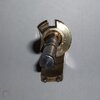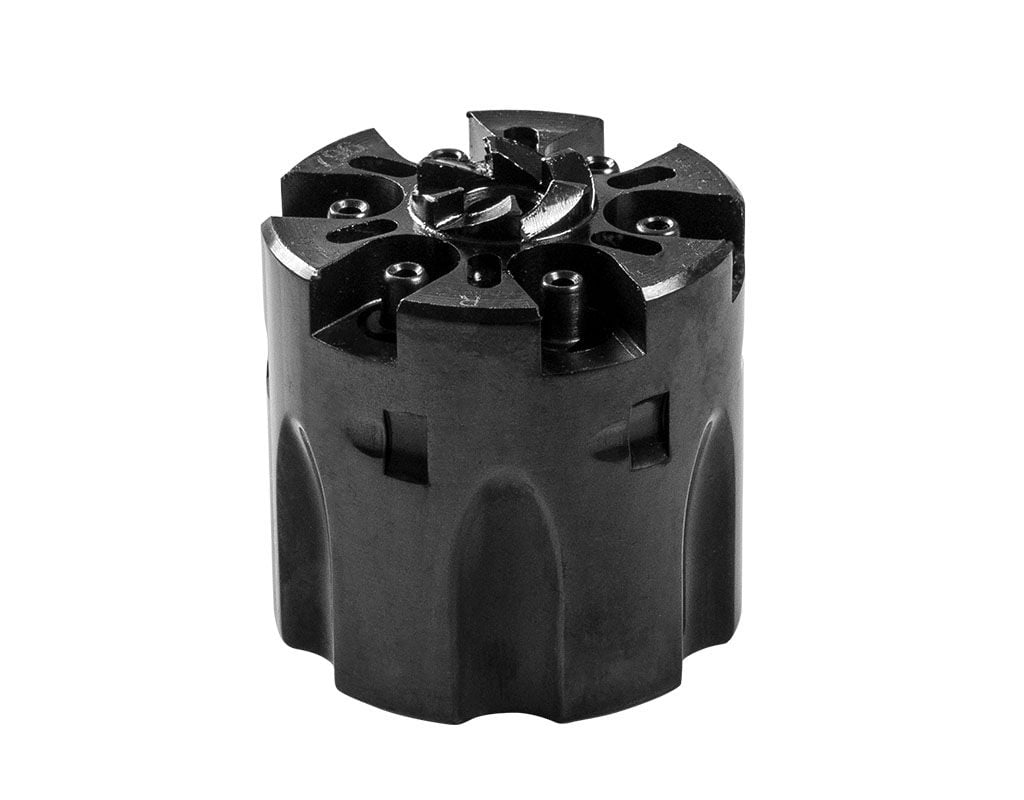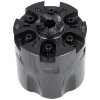Dark Skies
Member
Just added Pietta's take on the Colt 1873 SAA for the UK market - a cap and ball revolver.
Not historically accurate I know but we're limited in what we can buy in the UK since the Firearms (Amendment) Act 1997 practically banned modern handguns.
If we want a cartridge revolver it has to have a ridiculously long barrel and a horrible 'coat-hanger' like appendage jutting out of the butt to bring it within the realms of a carbine rifle.
What's to stop a legal owner going crazy and cutting off the coat-hanger and chopping the barrel in half? I hear you ask.
Absolutely nothing!
But British firearm laws aren't supposed to make sense - they're there to appease Joe and Jane Public, the newspapers, and let politicians be seen to be doing something about armed crime (which has no relationship to legal owners).
Anyhow here's my new toy. The cylinder's chambers have to be loaded out of the gun with a press. The ejector mechanism does nothing, it's just to keep it looking like the original Colt.


Not historically accurate I know but we're limited in what we can buy in the UK since the Firearms (Amendment) Act 1997 practically banned modern handguns.
If we want a cartridge revolver it has to have a ridiculously long barrel and a horrible 'coat-hanger' like appendage jutting out of the butt to bring it within the realms of a carbine rifle.
What's to stop a legal owner going crazy and cutting off the coat-hanger and chopping the barrel in half? I hear you ask.
Absolutely nothing!
But British firearm laws aren't supposed to make sense - they're there to appease Joe and Jane Public, the newspapers, and let politicians be seen to be doing something about armed crime (which has no relationship to legal owners).
Anyhow here's my new toy. The cylinder's chambers have to be loaded out of the gun with a press. The ejector mechanism does nothing, it's just to keep it looking like the original Colt.


Last edited:



















